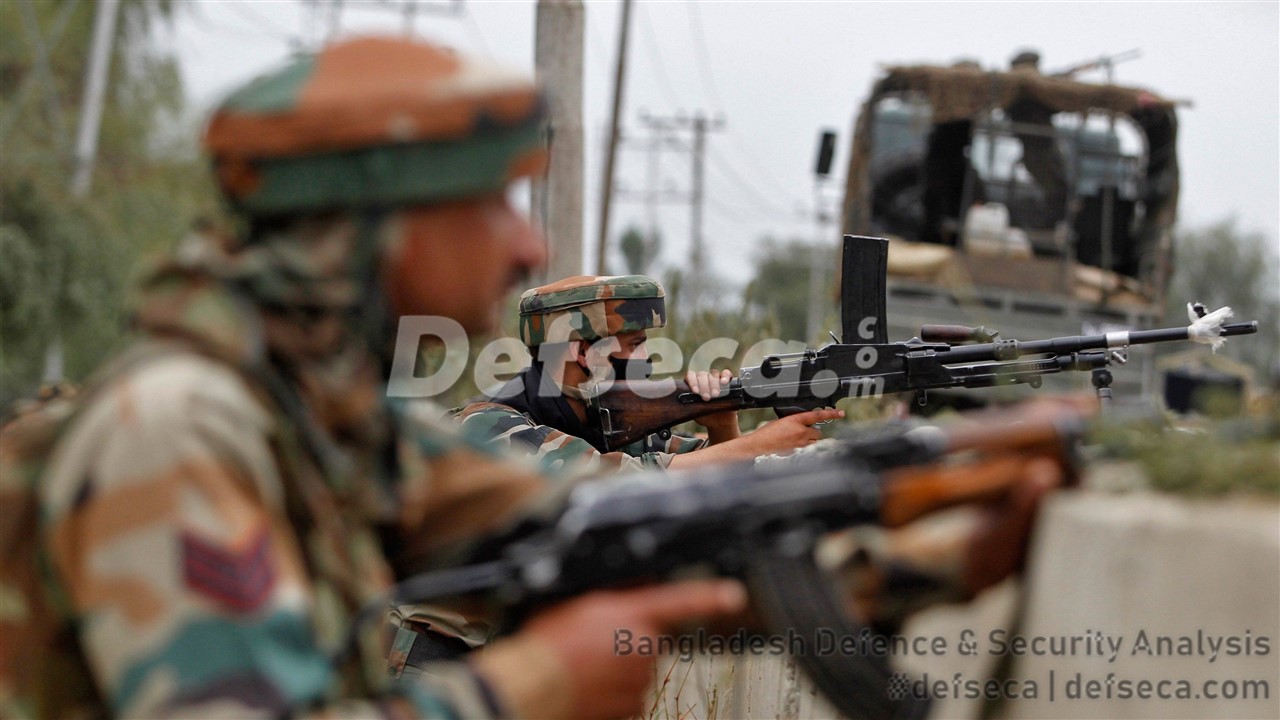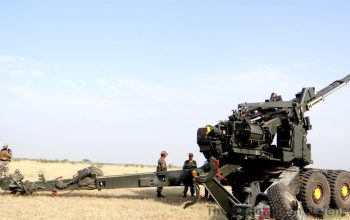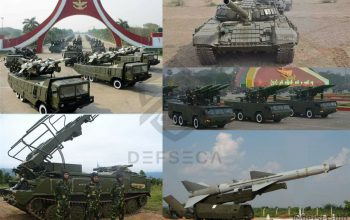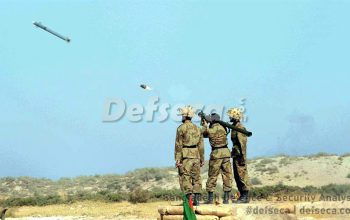The Eastern Command of the Indian Army is one of the seven operational commands of the army. It is headquartered in Fort William in the city of Kolkata in the state of West Bengal.
Formations
III Corps – Rangapahar, Nagaland
- 2nd Mountain Division – Dibrugarh, Assam
- 57th Mountain Division – Leimakhong, Manipur
- 56th Mountain Division – Likabali, Arunachal Pradesh
IV Corps – Tezpur, Assam
- 71st Mountain Division – Missa Mari, Assam
- 5th Mountain Division – Bomdila, Arunachal Pradesh
- 21st Mountain Division – Rangia, Assam
XXXIII Corps – Siliguri, West Bengal
- 17th Mountain Division – Gangtok, Sikkim
- 20th Mountain Division – Binnaguri, West Bengal
- 27th Mountain Division – Kalimpong, West Bengal
XVII Corps – Panagarh, West Bengal
- 59th Infantry Division- Panagarh, West Bengal
- 72th Infantry Division- Pathankot, Punjab
Definition of field formations & units in the Indian Army
Command: Indian Army has six operational commands and one training command. Each one is headed by a general officer commanding-in-chief (GOC-in-C), known as the army commander, who is among the senior most lieutenant general officers in the army.
Corps: A command generally consists of two or more corps. Indian Army has 14 Corps each one commanded by a general officer commanding (GOC), known as the corps commander, who holds the rank of lieutenant general. Each corps is composed of three or four divisions. There are three types of corps in the Indian Army: Strike, Holding and Mixed. The Corps HQ is the highest field formation in the army.
Division: Each division is headed by GOC (division commander) in the rank of major general. It usually consists of three to four Brigades. Currently, the Indian Army has 40 Divisions including four RAPIDs (Re-organised Army Plains Infantry Division), 18 Infantry Divisions, 12 Mountain Divisions, three Armoured Divisions and three Artillery Divisions.
Brigade: A brigade generally consists of around 3,000 combat troops with supporting elements. An Infantry Brigade usually has three Infantry Battalions along with various Support Elements. It is commanded by a brigade commander who is a Brigadier, equivalent to a brigadier general in some armies. In addition to the Brigades in various Army Divisions, the Indian Army also has five Independent Armoured Brigades, 15 Independent Artillery Brigades, seven Independent Infantry Brigades, one Independent Parachute Brigade, three Independent Air Defence Brigades, two Independent Air Defence Groups and four Independent Engineer Brigades. These Independent Brigades operate directly under the Corps Commander (GOC Corps).
Battalion: Composed of four rifle companies. Commanded by a battalion commander who is a Colonel and is the Infantry’s main fighting unit. Every infantry battalion also possesses one Ghatak Platoon.
Company: Composed of three platoons. Commanded by a company commander who is a major or lieutenant-colonel.
Platoon: Composed of three sections. Commanded by a platoon commander who is a JCO.
Section: Smallest military outfit with a strength of 10 personnel. Commanded by a section commander of the rank of Havaldar.




